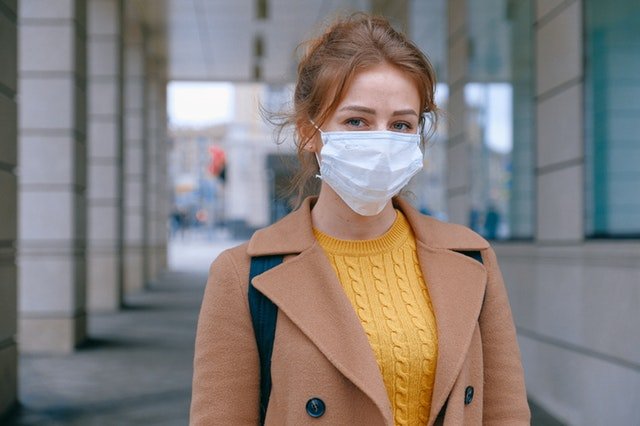
As people wrestle with spring travel, many may choose – or be asked – to self-quarantine for a period of time to help deter the spread of COVID-19.
Isolation requires sick people to be separated from those who are not sick, while quarantine restricts the movement of people who are exposed to a contagious disease to monitor if they become sick, according to Luis Ostrosky, MD, professor of infectious diseases at The University of Texas Health Science Center at Houston (UTHealth).
So, what does self-quarantine look like? Susan Wootton, MD, an infectious disease pediatrician at McGovern Medical School at UTHealth, explains.
Separate yourself from other people and animals in your home
Stay home except to get medical care
Call ahead before visiting your doctor
Wear a face mask if you are sick
Cover your coughs and sneezes
Wash your hands often
Avoid sharing personal household items
Clean all “high-touch” surfaces daily
Monitor your symptoms
Receive a green light from health care providers before discontinuing quarantine
Household members, intimate partners, and caregivers who may have close contact with a person exposed to or symptomatic with COVID-19 should monitor their health closely.
Call your health care provider right away if you develop symptoms suggestive of COVID-19 including fever, cough, and trouble breathing.
For those who have been to an affected area or exposed to someone who is sick with COVID-19 in the last 14 days, you may have some limitations on your movement or activity.
If you develop symptoms during that period, seek medical advice immediately. Call the office of your health care provider before you go, and tell them about your recent travel history and your symptoms.
They will give you instructions on how to get care without exposing other people to your illness.
“Infection control and prevention efforts by patients with COVID-19, their household members, and their health care providers, in combination with contact tracing activities, are key to limiting the community spread of disease,” Wootton said.
Stay informed by following updates on Harris County Public Health, Texas Department of State Health Services, CDC, and World Health Organization.



